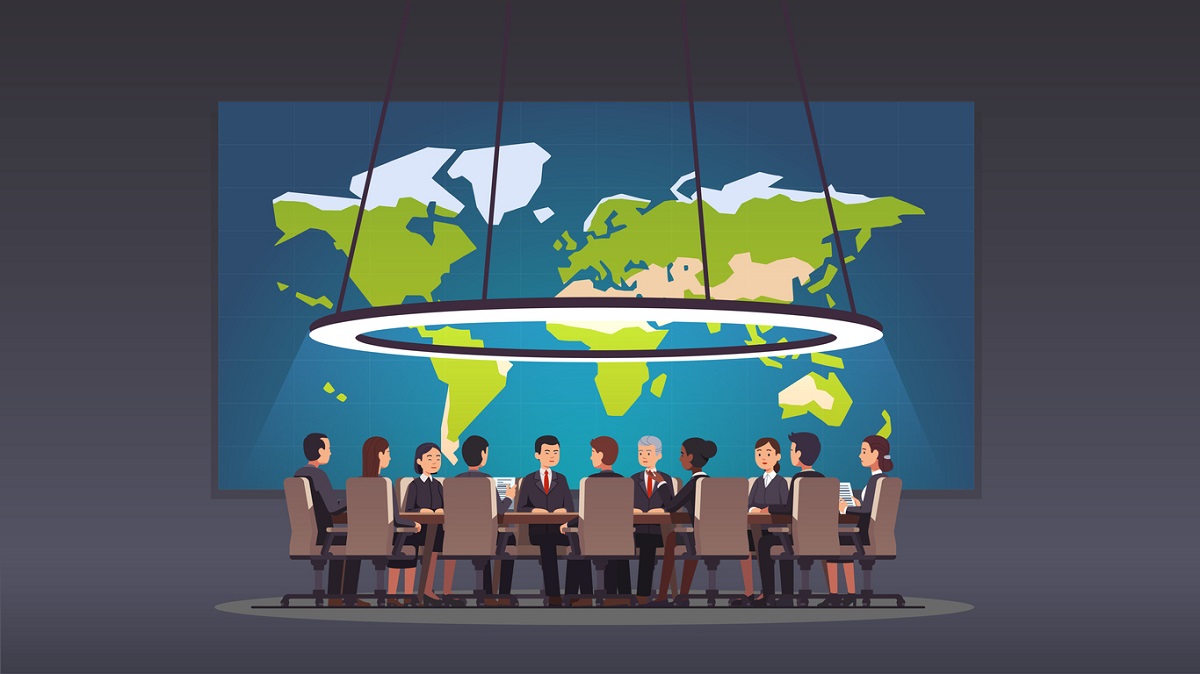Science Diplomacy: Science-based Legislations for the Advancement of Research
| |
ISAAA partnered with Murdoch University (Murdoch U) in Perth, Western Australia through the project Package Assisting Small Exporters (PASE) to conduct online webinars to promote the education, training, and research related to new breeding technologies. The collaboration already produced two activities: an online webinar highlighting the international trade status of crops developed through new breeding technologies (NBTs) from the Australian perspective, and an online workshop which simulated the negotiations conducted by countries under the Cartagena Protocol during COPMOPs in the form of an online game.

In both events, as well as in other ISAAA webinars, one common concern during discussions is that legislators who draft and pass laws do not have enough scientific and technical background to fully understand the science behind genetic modification and NBTs. This can potentially affect the regulation and international trade of genetically modified and gene edited crops and animals which may delay or hinder their benefits from reaching their intended stakeholders. To enlighten the topic, Mr. Muhammad Adeel, Career Diplomat and PhD Scholar at the Western Australia State Agricultural Biotechnology Centre, introduced the concept of science diplomacy during the ISAAA-PASE Murdoch U webinars.
Defining Science Diplomacy
Science diplomacy has different definitions for different stakeholders, but it is basically the interconnection between foreign policy and scientific outcomes, and how they can facilitate different stakeholders. It requires both science and diplomacy literacy. According to Adeel, it is an interface where scientists can communicate with policy makers such as diplomats who negotiate treaties in international fora to advance research. It also has three dimensions:
- Diplomacy for advancing science facilitates scientific cooperation between different countries, and allows science cooperation, sharing of resources and infrastructures for large scale science, and strengthening scientific capacity and economic development;
- Science for diplomacy takes place when scientists provide technical expertise and knowledge to diplomats who negotiate in international treaties. It uses science as a universal language to ease tensions and open channels for dialogue between nations; and
- Science in diplomacy refers to how science is rendered in international treaties with a strong component of science. It facilitates the governance of international spaces, management of transboundary resources and global commons. This is the most crucial dimension of science diplomacy in relation to the international science policies governing NBTs.

Tools Used to Implement Science Diplomacy
Adeel identified three types of tools used in science diplomacy:
- Strategic tools are policy documents that provide science-based advice to the policy makers to help them understand the process;
- Operational tools include lobbying and allocating funds for policy instruments for the support of a specific technology; and
- Support tools are activities for building the capacity of the diplomats and researchers on science diplomacy such as trainings, networking and consultation platforms.
Though not included in the tools, the language used in science diplomacy also plays a role in its success. Science debate is used to communicate science diplomacy, and it allows the unification and convergence of novel stakeholders during discussions. But to use the language, a negotiator needs to be an effective science communicator, i.e. understands the scientific process that supports the arguments.
Science Diplomacy Interface for Regulation of Products of Modern Biotechnology
The reality is that not one country alone can solve the current challenges on food security and climate change even with the rapid advancement of NBTs. Adeel said that to address them, countries need to come together with diplomatic efforts and science-based knowledge. This science-based knowledge is diverse and evolving fast, and there is a need for multi-stakeholder platforms for policies. This leads to the development of international regulations through science diplomacy.
International biotechnology regulations is a diverse landscape and these cover different aspects, said Adeel. The most prominent example Adeel gave is the Cartagena Protocol on Biosafety. Through negotiations at the international level like this, policy makers are able to create protocols and treaties that allow states to come together to achieve a common understanding to ease relations and allow movements of products developed through genetic modification and NBTs. However, it also faces challenges such as institutional drift wherein the technology outpaces the regulations, treaty conflicts, and an undetermined common definition of risk and convergence of technological advancement.

Science Diplomacy Begins At Home
Before science diplomacy reaches the international level, initiatives have to start at the national level. “With regards to individual countries, I think it is dependent on taking a mission approach towards regulations. If there is more cross-talk between departments, understanding what their objectives and assessments are, you move towards creating a national level of legislation. (Then) the second level is looking at regional forums. Different states have regional organizations, an example is the ASEAN. There are discussions related to regulations in (regional fora). Through that regional representation, (countries can move) towards the (international fora). This is how you create leadership in the (long) run. It begins in increasing cross-talks between your substate organizations including universities and relevant regulatory officers and understanding what is (the) mindset of the regulators and how you can effectively (address) them,” explained Adeel.
Science diplomacy provides a platform for scientists and diplomats to exchange knowledge by cross-talking and learning from each other’s experiences as well as understanding the nuances of the technologies. It also allows the harmonization of language of technical terms and processes, and regulations, especially if the experts and negotiators involved come from different countries and backgrounds. It creates coordination among technical working groups who work on different international treaty regimes. Policy makers are not required to have scientific technical backgrounds to practice science diplomacy; but they can always welcome the help from scientific experts, and vice versa. The goal is for science and legislation to work together to come up with harmonized laws and treaties at the national, regional and international levels to make sure that the products that underwent research and development through modern biotechnology techniques reach the beneficiaries and stakeholders that they were meant for.
The author acknowledges that the content of this blog entry is sourced from Mr. Muhammad Adeel’s presentations during the International Trade in Crops with New Breeding Technologies: The Australian Perspective Webinar held on June 11, 2021 and The Biotech Game: A negotiation simulation of Science Diplomacy Workshop held on August 26, 2021.
| Newer Post | Archive | Older Post |
Science Speaks is ISAAA Inc.'s official blog. Weekly blog articles, authored by ISAAA writers, partners, and invited contributors, aim to help share, disseminate, and promote scientific knowledge and its vital role in achieving global agricultural sustainability and development. Your support to Science Speaks will help us achieve this goal. You can help us by donating as little as $10.

